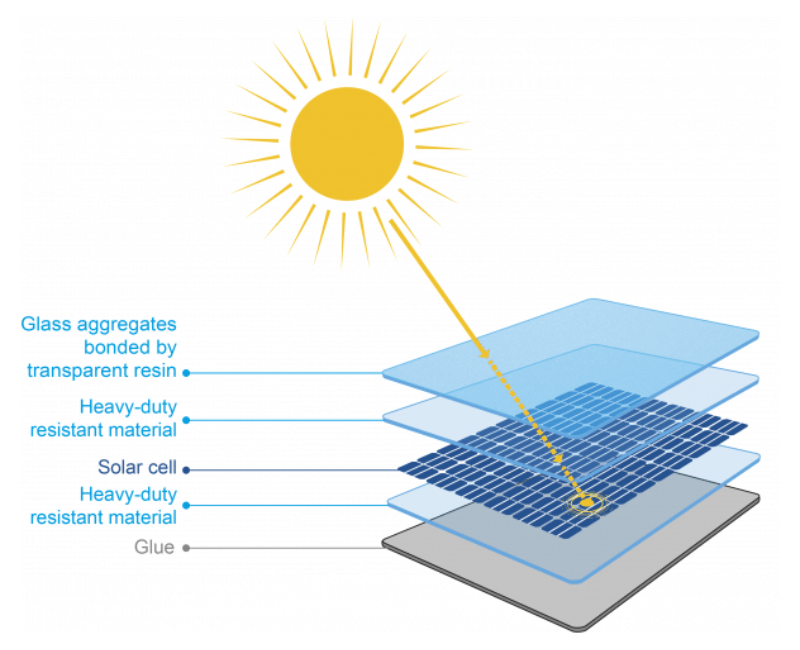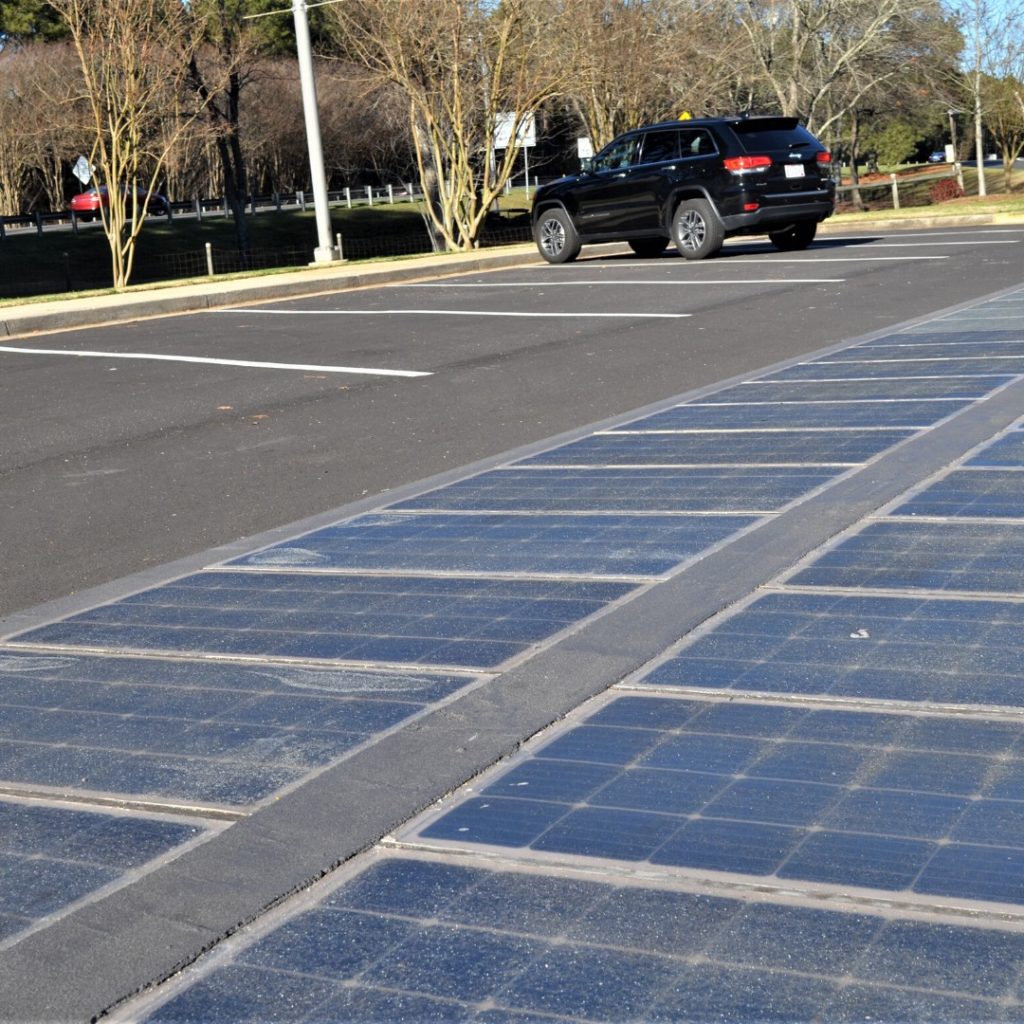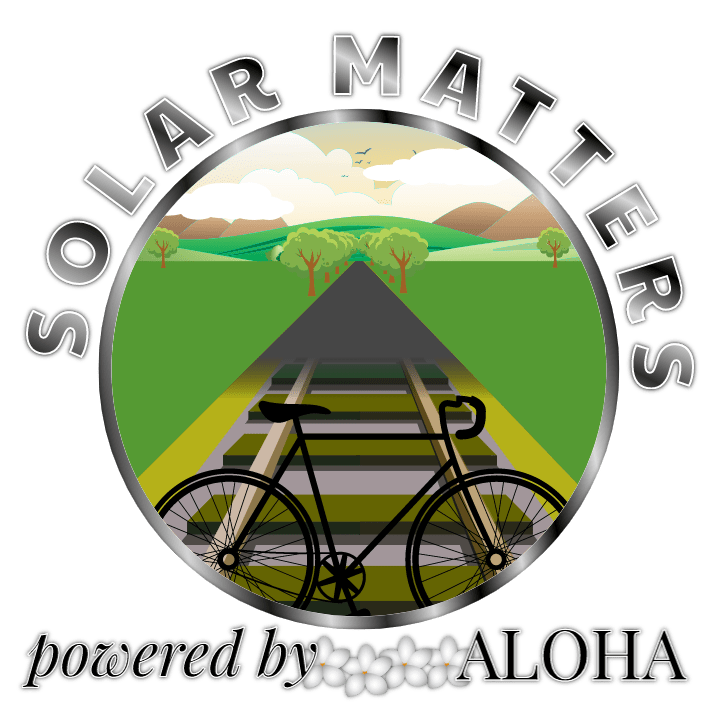Pilot Project
Our plans call for the installation of a pilot project at the Hawaii Ocean Science and Technology Park’s Natural Energy Laboratory of Hawaii Authority (NELHA). The mission of NELHA is to develop and diversify the Hawaiʻi economy by providing resources and facilities for energy and ocean-related research, education, and commercial activities in an environmentally sound and culturally sensitive manner. NELHA has granted us a lease-free site on their 870-acre campus. Here, we will display and test new drive-on solar technology that will be applied onto the Ke Ala Lā bikeway surface.
Our planned demonstration model begins to address the community’s call for construction of a safe, night-illumined bike path paralleling the West Hawaiʻi coastline from North Kona to North Kohala. We call this bike path Ke Ala Lā, (the Path of the Sun). Solar Matters introduces this pilot project as phase two of its overall initiative, to demonstrate the proof of concept for energy generating pavement along this proposed bikeway. Our pilot will demonstrate the cost-effectiveness of applying solar pavers to convert conventional surfaces (i.e., asphalt, concrete) into community assets that pay for themselves over the life of their use. Through testing, we seek to help prove that Ke Ala Lā will contribute substantial energy to the electrical grid, thus reducing rate-payer costs.
Our pilot will be a modular system comprised of 18 ground-mounted panels made of specially engineered glass creating a 200 square-foot energy-gathering array. These solar pavers can be walked, cycled, or driven upon. This innovative concept in clean energy technology is developed and marketed by France’s Wattway by Colas. They have provided us with a pilot bid. We are also exploring their American-based competitor, Solar Roadways. Each of these companies produces technology that gathers the sun’s energy by way of drive-on solar panels and stores it in batteries. At night, power can be drawn for illumination of the installation, and nearby digital and incandescent signage. Any excess power will be directed to our sponsor, NELHA, or to one or more electric vehicle charging stalls, on-site.

Picture clipped from https://www.wattwaybycolas.com/en/the-solar-road.html
This pilot has the possibility to attract visitors island-wide. We envision that tourists, athletes, scientists, engineers, and government leaders will come to witness this innovative, renewable energy model. We will invite sustainability-conscious students from high schools and universities in the area to design and conduct community surveys relevant to the project. Solar Matters believes that a science-based study is essential for a project of this magnitude, as the larger concept of Ke Ala Lā is to marry carbon-free transportation and affordable energy. The pilot’s educational program will be crafted to raise awareness and understanding of the technology involved and its possibilities for additional community benefits.

Picture courtesy of The Ray, Georgia. Picture description: Drive on solar panels embedded in and level with the asphalt of the driving lane in a parking lot in Georgia.
